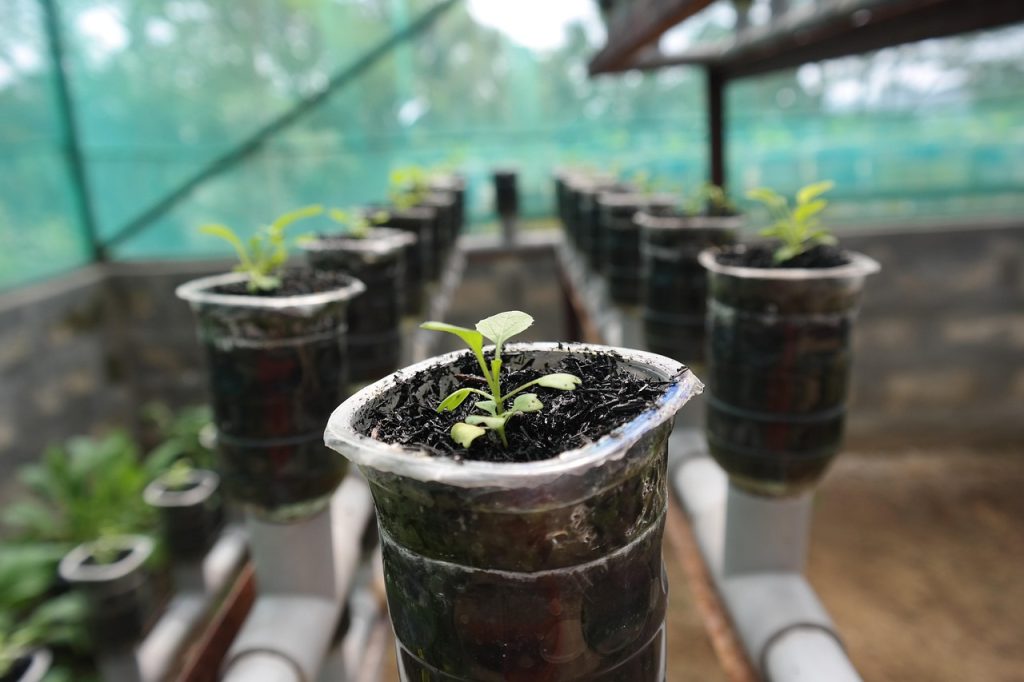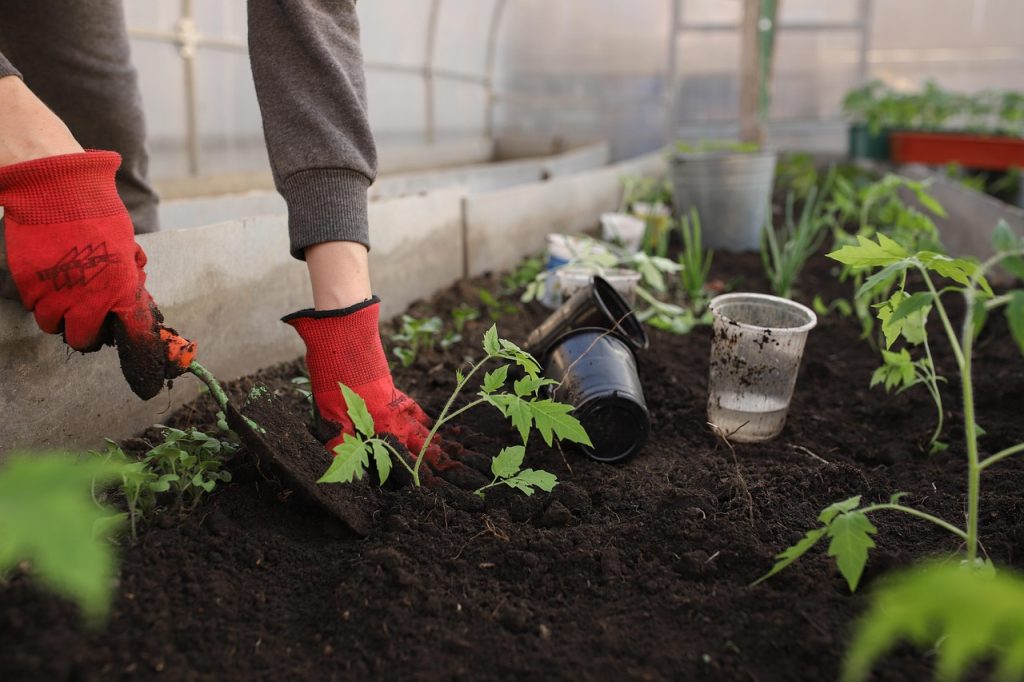Seasonal gardening is the practice of planting, tending, and harvesting crops in alignment with the natural cycles of the seasons, spring, summer, fall, and winter. It involves understanding the climate, weather patterns, and plant life cycles in your region to choose the right plants and tasks for each time of year. By working with nature’s rhythms, seasonal gardening maximizes plant health, reduces maintenance, and ensures a thriving garden. For beginners, it’s about observing local conditions and timing activities like sowing seeds or pruning to match the season’s unique characteristics. This approach not only supports sustainable gardening but also fosters a deeper connection with the environment.
Seasonal gardening varies by region due to differences in climate, such as temperate, tropical, or arid zones. For example, a gardener in a temperate climate might plant cool-season crops like lettuce in spring, while someone in a warmer region could grow year-round with adjustments. The key is adapting to your local growing season, which you can learn from gardening zone maps or local agricultural extensions.

How Gardening Changes by Season
Each season brings distinct conditions that influence what you can plant and how you care for your garden. Below, we explore how gardening tasks and priorities shift through spring, summer, fall, and winter.
Spring: The Season of New Beginnings
Spring is a time of renewal, with warming temperatures and longer daylight hours signaling the start of the growing season. Soil begins to thaw, and plants awaken from dormancy. This is the ideal time for preparing garden beds, starting seeds indoors, and transplanting seedlings outdoors once the frost risk passes.
- Tasks: Clear debris, enrich soil with compost, and start seeds for warm-season crops like tomatoes. Prune shrubs and test soil pH.
- Plants: Cool-season crops like peas, spinach, and radishes thrive in spring’s mild weather. Flowers like pansies and tulips add color.
Summer: Peak Growth and Maintenance
Summer brings heat, longer days, and rapid plant growth. It’s the season for nurturing plants as they flower, fruit, or reach maturity. Watering and pest control become critical as temperatures rise and insects flourish.
- Tasks: Water deeply, mulch to retain moisture, and monitor for pests. Harvest early crops and plant late-summer varieties.
- Plants: Warm-season crops like tomatoes, cucumbers, and zucchini shine. Sunflowers and marigolds brighten the garden.
Fall: Harvest and Transition
Fall is a time of harvest and preparation for cooler weather. Days shorten, temperatures drop, and plants begin to wind down. This season is perfect for planting cool-season crops and preparing the garden for winter.
- Tasks: Harvest remaining crops, plant cover crops like clover, and clean up garden beds. Plant bulbs for spring blooms.
- Plants: Root vegetables like carrots and beets, plus greens like kale, do well. Fall flowers include chrysanthemums and asters.
Winter: Rest and Planning
Winter is a quieter time for gardening, especially in colder climates where frost or snow halts growth. However, it’s an opportunity to plan and maintain your garden for the next cycle.
- Tasks: Protect plants with mulch or row covers, prune dormant trees, and start planning next year’s garden. Start seeds indoors late in winter.
- Plants: In mild climates, grow cold-hardy crops like leeks or winter greens. In harsh winters, focus on indoor herbs or microgreens.

Benefits of Following Seasonal Cycles
Seasonal gardening offers numerous advantages, making it a rewarding approach for beginners and experienced gardeners alike. By aligning with nature’s rhythms, you create a sustainable and productive garden.
- Healthier Plants: Planting at the right time ensures crops grow in optimal conditions, reducing stress and disease.
- Higher Yields: Timing plants to their preferred season maximizes harvests, whether it’s juicy tomatoes in summer or crisp lettuce in spring.
- Sustainability: Seasonal gardening conserves resources like water and fertilizer by working with natural weather patterns.
- Cost Savings: Growing in-season plants reduces the need for expensive interventions like greenhouses or excessive pest control.
- Environmental Connection: Observing seasonal changes fosters mindfulness and a deeper appreciation for nature’s cycles.
Examples of What to Plant in Each Season
Choosing the right plants for each season is key to a successful garden. Below is a table summarizing popular crops and flowers for temperate climates.
| Season | Vegetables | Flowers |
|---|---|---|
| Spring | Lettuce, peas, radishes, carrots | Pansies, tulips, daffodils |
| Summer | Tomatoes, cucumbers, peppers, zucchini | Sunflowers, marigolds, zinnias |
| Fall | Kale, beets, spinach, broccoli | Chrysanthemums, asters, sedum |
| Winter | Leeks, winter greens (mild climates), microgreens | Winter pansies, hellebores (mild climates) |
Always check your local planting calendar, as timing varies by region. For example, tomatoes may be planted in April in warmer zones but June in cooler ones. Local nurseries or cooperative extensions can provide region-specific advice.
Tips for Planning a Seasonal Garden
Planning a seasonal garden is straightforward with a bit of preparation. Here are beginner-friendly tips to get started, along with intermediate strategies for those ready to level up.
Beginner Tips
- Know Your Zone: Use a USDA Hardiness Zone map (or equivalent for your country) to understand your climate and frost dates.
- Start Small: Begin with a small plot or raised bed to manage tasks easily. Focus on easy crops like lettuce or radishes.
- Use a Calendar: Create a simple planting schedule based on your region’s growing season. Apps like Gardenate can help.
- Soil Prep: Test and enrich your soil with compost or organic matter to ensure plants have the nutrients they need.
- Observe Nature: Pay attention to local weather patterns and adjust planting times if spring arrives early or fall lingers.
Intermediate Tips

- Crop Rotation: Rotate plant families (e.g., nightshades like tomatoes, then legumes like peas) each season to prevent soil depletion.
- Succession Planting: Plant crops in stages (e.g., lettuce every two weeks) for continuous harvests.
- Cover Crops: Plant clover or rye in fall to improve soil health and prevent erosion during winter.
- Record Keeping: Keep a garden journal to track what works, noting planting dates, harvests, and weather patterns.
- Experiment: Try new varieties suited to your climate, like heat-tolerant greens for summer or frost-hardy kale for winter.
Read More: Top Tips for Plant Care in the Rainy Season 2025
FAQ: Common Questions About Seasonal Gardening
Seasonal planting is a core part of seasonal gardening, where you sow seeds or transplant seedlings at the optimal time for their growth based on the season. For example, planting peas in early spring ensures they mature before summer heat, while planting tomatoes in late spring allows them to thrive in summer warmth. It’s about timing to match a plant’s needs with seasonal conditions.
Seasonal gardening is important because it aligns with natural cycles, promoting healthier plants and higher yields. It reduces the need for artificial inputs like heaters or excessive watering, making gardening more sustainable. It also helps gardeners work smarter, not harder, by leveraging the best times for planting and maintenance, saving time and resources.
To start a seasonal garden, follow these steps:
Research Your Climate: Find your hardiness zone and frost dates to guide planting times.
Choose Easy Crops: Start with beginner-friendly plants like radishes, lettuce, or marigolds.
Prepare the Soil: Add compost or organic fertilizer to create a nutrient-rich base.
Plan Your Seasons: Use a planting calendar to schedule tasks for spring, summer, fall, and winter.
Start Small: Begin with a small plot or containers to build confidence.
Learn as You Go: Observe your garden’s progress and adjust based on weather and plant performance.
Conclusion
Seasonal gardening is a rewarding way to grow fresh produce and beautiful flowers by working in harmony with nature’s cycles. By understanding how each season affects your garden, choosing the right plants, and planning ahead, you can create a thriving, sustainable garden. Whether you’re a beginner planting your first lettuce seeds or an intermediate gardener experimenting with crop rotation, seasonal gardening offers endless opportunities to learn and grow. Start small, stay curious, and let the seasons guide your green thumb!